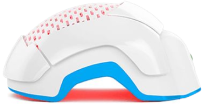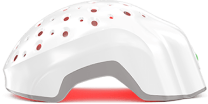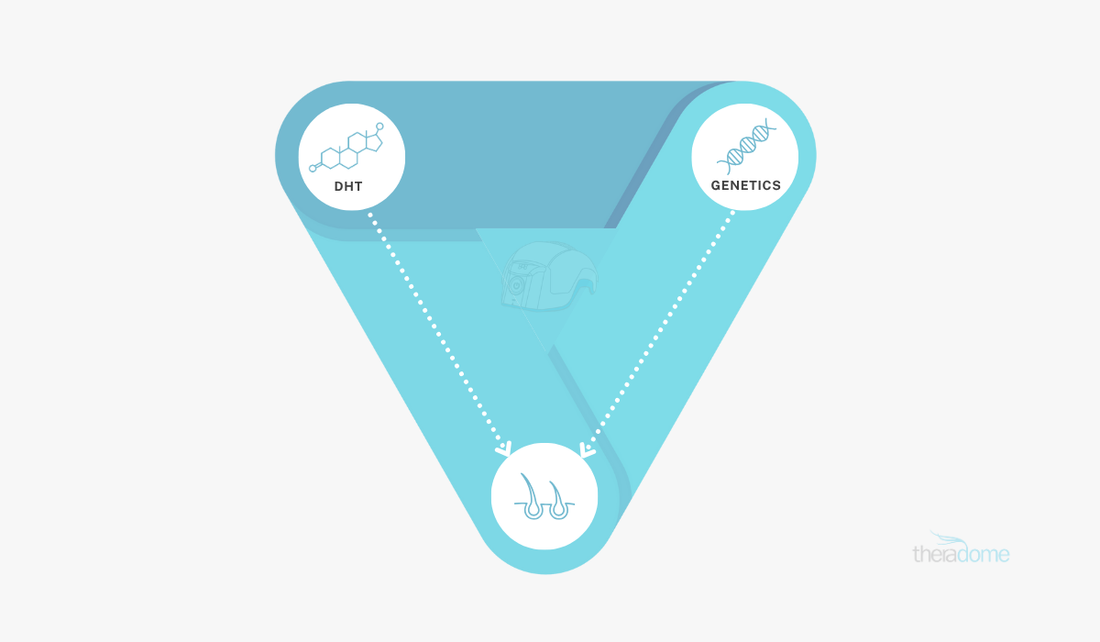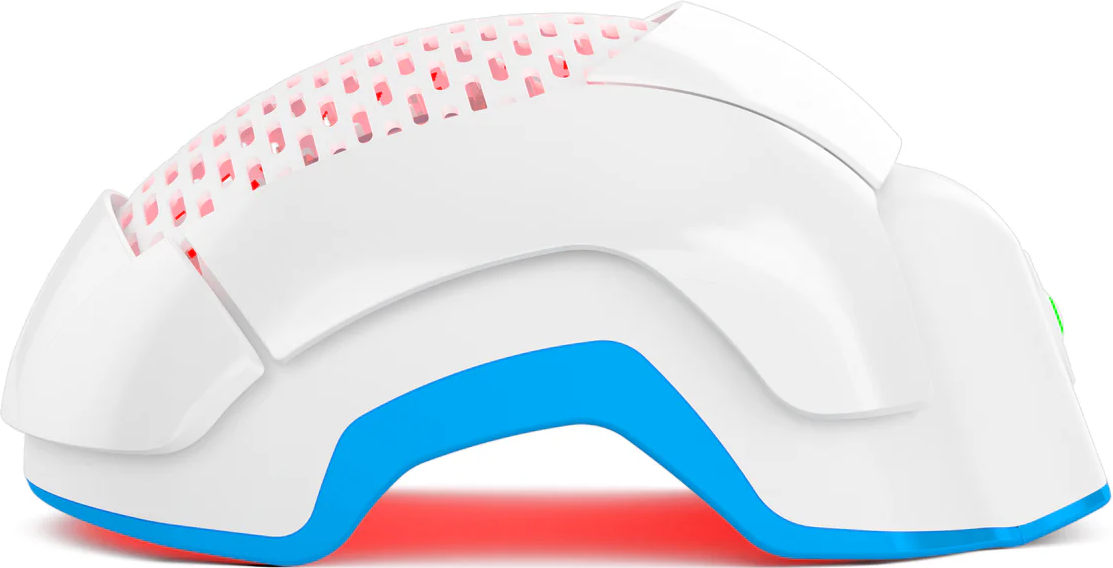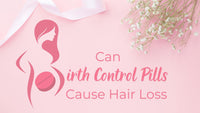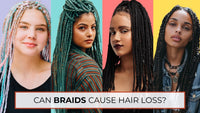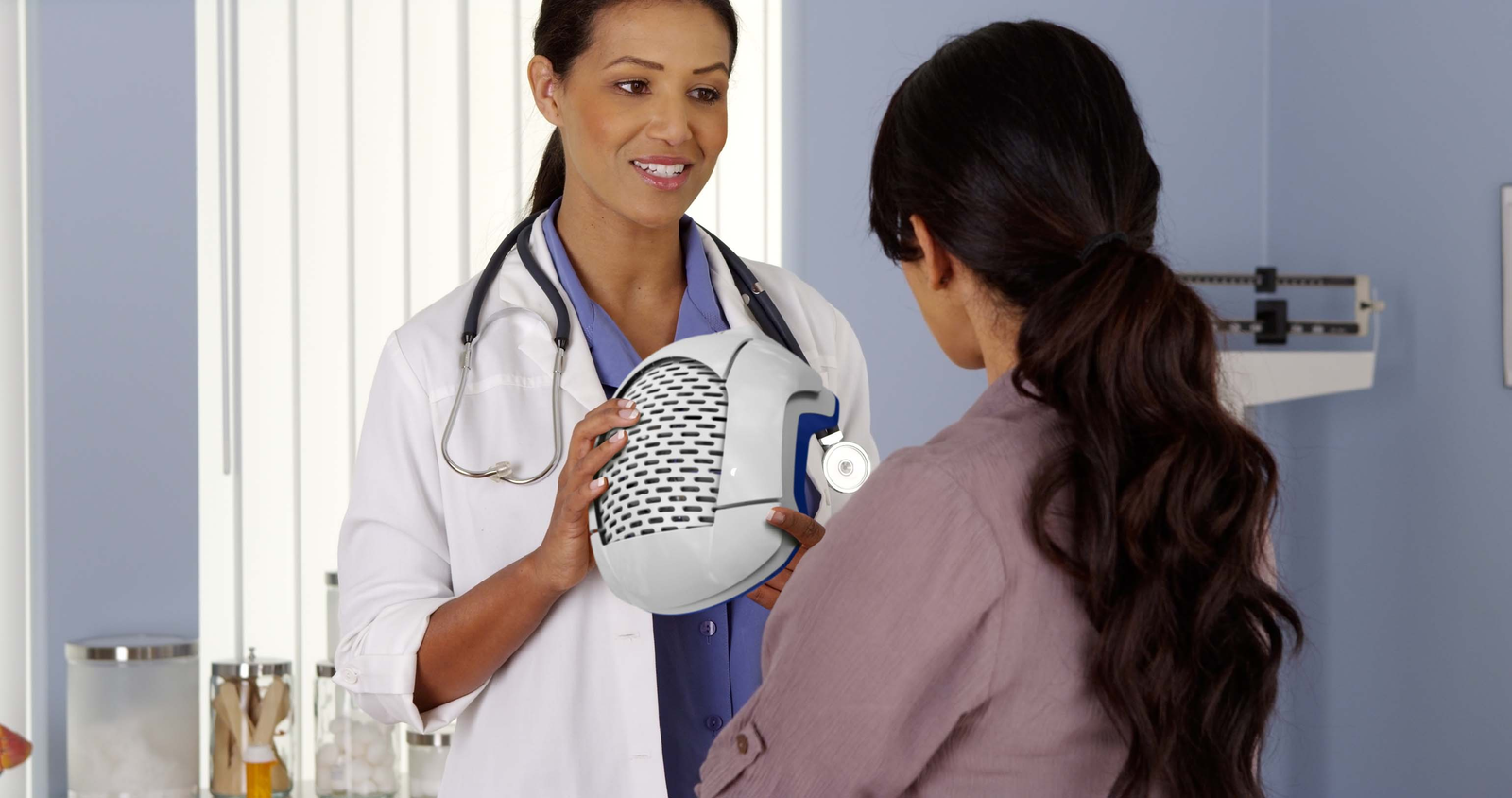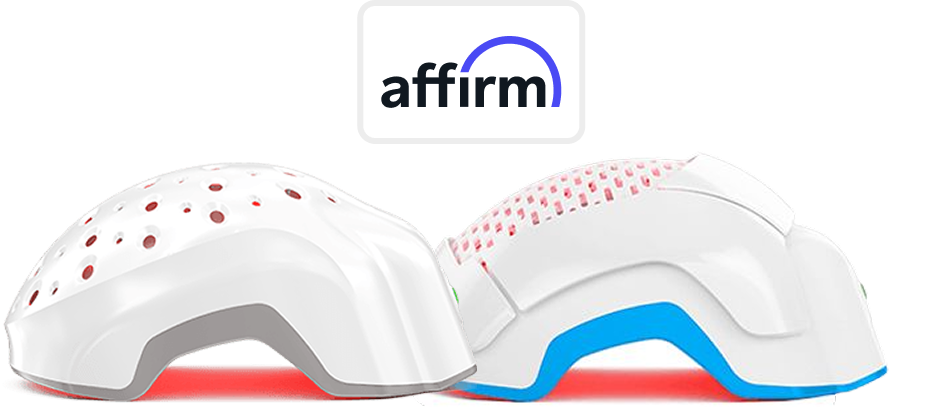A receding hairline at 20 doesn’t exactly scream “midlife crisis”—but it sure feels like one. You’re barely legal to drink, and suddenly your temples are ghosting you. No thinning warning. No gentle nudge. Just follicles backing away like they’ve seen enough. And before you start blaming shampoo or “bad barber,” let’s clear something up: this isn’t rare. It’s just under-discussed.
What’s worse?
Most people waste time pretending it’s nothing—or throwing every trending serum at it without understanding what’s actually happening. Here’s what you deserve: real science, not scalp superstitions. In this article, we’ll reveal the real causes behind a receding hairline at 20—from the DHT damage and stress-hormone chaos to styling sins you didn’t know mattered. More importantly, we’ll talk about solutions that actually make clinical sense.
What is a Receding Hairline?
Clinically, a receding hairline refers to the backward movement of the frontal hairline, usually starting at the temples and progressing in a V or M-shaped pattern. The early signs of receding hairline in men often show up as uneven forehead exposure or hair that refuses to grow where it used to. Women experience it too, but with less aggression and more overall thinning.
Here’s the key difference: recession isn’t the same as general shedding. Shedding happens. Receding sticks around. If your barber’s clippers are hitting more forehead and less hair, your hairline’s already RSVP’d to the problem zone.
Are Receding and Mature Hairlines the Same?
Nope—not even close. A mature hairline is a natural post-puberty shift where your juvenile hairline moves up slightly (we’re talking millimeters). It usually stabilizes by your mid-20s and is considered normal.
But a receding hairline at 20 is not maturity. That's a movement. The difference lies in progression. Mature hairlines stop. Receding hairlines keep going. If your frontal zone is getting thinner by the season—that’s a recession.
Know more about the differences between a receding hairline and a mature hairline.
What Are the Common Causes of Receding Hairline at 20?
Hair doesn’t just vanish. It takes direction—from biology, habits, and sometimes sheer bad luck. Here’s what’s driving that early exit.
1. Genetics
If your dad, uncle, or older brother sported an M-shaped silhouette before 30, there’s a strong chance you’re dealing with male pattern baldness in your 20s. It’s called androgenetic alopecia.
2. DHT
DHT and hair loss go hand-in-hand. DHT (dihydrotestosterone) is a byproduct of testosterone that loves to bully hair follicles—especially the ones at your temples and crown. It miniaturizes follicles until they give up completely. And yes, this can start shockingly early.
3. Stress & Lifestyle Factors
Stress-related hair loss isn’t made up. Chronic cortisol elevation can nudge your follicles into telogen phase prematurely. Also, poor diet, no sleep, and three scoops of caffeine per day are all part of the sabotage.
4. Nutritional Deficiencies
No iron. No vitamin D. No protein. No hair. Your follicles don’t care if you’re young—they care if they’re fed. One of the sneakier causes of receding hairline in young adults is low nutrient availability, especially when combined with fast food loyalty and late-night ramen rituals.
5. Styling Habits
Traction alopecia doesn’t care how sharp your fade is. Constant tension, heat styling, tight hats, and daily manipulation can gradually wear out your hairline. It doesn’t have to be dramatic—just consistent—and the damage stacks up.
6. Medical Conditions
Underlying thyroid issues, autoimmune diseases, or even seborrheic dermatitis can quietly ruin your hairline. If your recession comes with redness, flaking, or patches, this is your cue to see a dermatologist. Don’t self-diagnose with a mirror and a Reddit thread.
Can Early Receding Hairline Be Stopped or Reversed?
Short answer: it depends. Longer answer: if your follicles haven’t scarred or fully miniaturized, preventing hairline recession is possible. But you’ll need to act early—and act smart. That means no more waiting it out while your temples do the cha-cha.
It’s not about miracle oils or YouTube “cures.” It’s about using treatments with clinical backbone—options that support growth, stop miniaturization, and boost scalp health long-term.
Solutions for Receding Hairline at 20
Let’s cut through the hype. These are the only treatment options for receding hairline that deserve your attention.
1. Topical Treatments (Minoxidil)
Minoxidil is one of the few FDA-approved options for the regrowth of receding hairline. It works by increasing blood flow to the follicles and extending the anagen (growth) phase. Use it consistently, or don’t bother at all—on/off usage gets you nowhere.
It’s not a silver bullet, but it’s one of the only things that can jumpstart semi-active follicles. You won’t grow hair where it’s already dead—but where it’s struggling? It helps.
2. Oral DHT Blockers
If DHT is the villain, then finasteride and other 5-alpha reductase inhibitors are your anti-hero. These meds block DHT at the source, helping follicles breathe again. Results take months, but for many guys, they’re the break between stable and slippery slope.
Speak to a doctor.
3. Laser Phototherapy/Low-level Light Therapy
FDA-cleared laser phototherapy for hair loss (LPT) or sometimes referred to as low-level light therapy (LLLT) uses red light at a specific wavelength to stimulate mitochondria in hair follicles, enhancing energy production and promoting thicker growth. Whether you use a laser cap, comb, or helmet, consistency is key.
This tech supports growth and reduces inflammation—and it plays well with other treatments. Just make sure the wavelength (680nm is ideal) and device specs are legit.
4. Hair Transplant (Only When Stabilized)
Considering a hair transplant at 20? Pump the brakes. If your hairline is still shifting, transplanting now could mean chasing the loss forever. Transplants work best on mature, stabilized patterns—otherwise, you’re patching holes on a moving target.
That said, if your recession’s been static for years and you’ve maxed out other treatments? It’s worth a conversation with a certified surgeon.
5. Natural Remedies (With a Big Asterisk)
Natural remedies for hair loss—like rosemary oil, scalp massages, and pumpkin seed oil—can support scalp health, but they won’t reverse recession. They’re helpful adjuncts, not primary solutions. If you’re serious about regrowth, use them to complement—not replace—proven treatments.
Conclusion
Seeing a receding hairline at 20 is reality. The mistake isn’t losing hair; it’s pretending nothing’s happening. Whether it’s DHT, stress, poor diet, or DNA playing dirty, your follicles deserve better than blind hope. Start with science. Stay consistent. And stop waiting for your hairline to "figure itself out"—because it won’t.
Laser hair therapy like Theradome stimulates your hair regrowth and helps you overcome the problem of premature hairline recession. Check out the laser hair growth helmets from Theradome that work the best for you.


